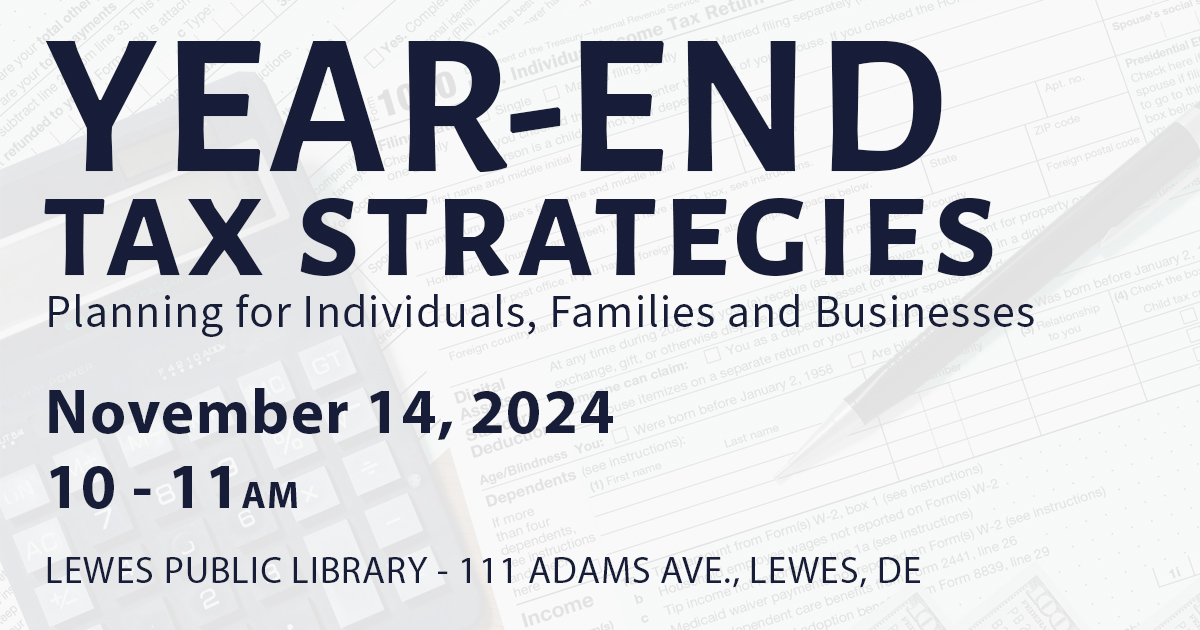It’s challenging and expensive to be a parent. The average annual cost of raising a child in the United States is $21,681, after factoring in tax exemptions and credits, according to a 2023 study published by Lending Tree. That’s an increase of roughly 19% from 2016 — and the estimate is based on the latest available data (from 2021). So, it doesn’t factor in any increased costs that have happened in 2022 and 2023.
Also excluded from Lending Tree’s estimate is the cost of college, which continues to mount. For the 2023-2024 school year, the annual cost for living on campus and attending a four-year college or university ranged from $28,840 for an in-state public college to $60,420 for a private college, according to College Board.
Is your family taking full advantage of the tax breaks you’re eligible for under current law? Here’s a summary of seven valuable tax breaks for parents to consider.
- Child Credit
Although certain enhancements have expired, the child credit is still available for parents of children under age 17. For 2023, the credit is $2,000 for each child if your modified adjusted gross income (MAGI) is $200,000 or less for single filers ($400,000 for married couples who file jointly).
Once your MAGI exceeds the applicable amount, the credit is reduced by $50 for each $1,000 above the threshold. It’s fully phased out once your MAGI reaches $240,000 for single filers ($440,000 for married couples who file jointly).
Important: This credit is only partially refundable. For 2023, the maximum refundable portion is $1,600. A refundable tax credit is one that doesn’t require you to owe any tax. You can receive a refund for a refundable tax credit if the amount is more than the amount of tax you owe.
- Adoption Credit
The tax law provides benefits to parents going through the expensive adoption process. For 2023, you can claim a maximum credit of $15,950 for qualified expenses incurred to adopt an eligible child. (This amount will increase to $16,810 in 2024.) An eligible child is either a child who’s:
- Under age 18, or
- Physically or mentally incapable of self-care.
The credit is phased out for high-income taxpayers. In 2023, the phaseout begins at $239,230 of MAGI. If your MAGI exceeds $279,230, you can no longer claim any credit. These limits apply to all taxpayers, regardless of tax-filing status. (For 2024, these amounts are $252,150 and $292,150, respectively.)
Generally, the adoption credit is claimed on the tax return for the year in which qualified expenses are paid or incurred. However, if the adoption isn’t finalized by the end of that year, you must take the credit in the year the adoption is finalized.
- Dependent Care Credit
The dependent care credit is often confused with the child credit, but it’s separate. The dependent care credit is available for costs of caring for your under-age-13 children to enable you — and your spouse if you’re married — to work.
The maximum credit is 35% of qualified expenses, but the percentage is effectively reduced to 20% for parents with an adjusted gross income (AGI) above $43,000. The credit can be claimed for the first $3,000 of qualified expenses for one child or $6,000 for two or more children. Thus, the maximum credit for parents with AGI above $43,000 is $600 or $1,200, respectively.
Important: This credit may also be claimed for expenses of caring for a dependent relative, such as an elderly parent or in-law who’s incapable of self-care. The caretaker doesn’t have to be medically licensed.
- Section 529 Plans
A Section 529 plan is a tax-advantaged way to save for a child’s (or other beneficiary’s) education. The plan is operated by a state (or associated agency) or one or more educational institutions. Generally, you don’t have to pay tax on the earnings inside the account in the years before your child enters college. Furthermore, distributions made to pay for qualified expenses are tax-exempt.
There are two main types of Sec. 529 plans:
Prepaid tuition plans. These plans cover the cost of tuition at a specific college, but not room and board or other fees. If your contract is for four years of tuition, the price of tuition is guaranteed regardless of its cost at the time the beneficiary attends the school. One downside is that there’s uncertainty in how benefits will be applied if the beneficiary decides to attend a different school.
College savings plans. These plans can be used to pay a student’s expenses at most postsecondary educational institutions. Distributions used to pay qualified expenses are income-tax-free for federal purposes and potentially also for state purposes, making the tax deferral a permanent savings. Qualified expenses include:
- Postsecondary school expenses, such as tuition, mandatory fees, books, supplies, computer equipment, software, Internet service and, generally, room and board,
- Elementary and secondary school tuition of up to $10,000 per year per student, and
- Up to $10,000 of student loan debt per beneficiary.
If the child completes school, decides not to go to college or leaves early, you can roll over the assets tax-free to a different beneficiary, such as a younger child. Starting in 2024, up to $35,000 in unused 529 plan funds can be rolled into a Roth IRA for the beneficiary, subject to the following rules:
- The 529 plan must have been set up for at least 15 years.
- No contributions from the last five years (or earnings on them) can be rolled over.
- The rollovers are generally subject to the Roth IRA annual contribution limits, but not the AGI-based phaseout.
The contribution limits for Sec. 529 plans are quite generous.
- Scholarships
Generally, scholarships are tax-exempt if the following requirements are met:
- The child must be a degree candidate at an eligible educational institution. This is an institution with a regular faculty and curriculum and a regularly enrolled body of students.
- The scholarship must be used to pay for qualified expenses. This includes tuition and fees, books and related costs like supplies or equipment required for specific classes, but not room and board.
- The award must not represent wages for teaching or other work.
- Higher Education Credits
Generally, parents of children in college may be able to claim one of two higher education credits:
American Opportunity credit. The maximum annual credit is $2,500. It’s available for up to four years of study for each student in the family. For example, if you have two kids in college this year, the maximum credit is $5,000 for 2023.
Lifetime Learning credit. The maximum credit is $2,000. However, the credit applies to each taxpayer. So, for two children in school, the maximum credit is only $2,000. However, this credit is available for all years of study — not just four years.
For both credits, the MAGI phaseout ranges for 2023 are between $80,000 and $90,000 for single filers ($160,000 and $180,000 for married couples who file jointly).
Important: You can’t claim both credits in the same tax year.
- Student Loan Interest
If you or your child borrow money to pay for higher education, the tax law provides a limited deduction for student loan interest payments. Typically, if certain requirements are met, the first $2,500 of interest paid for qualified expenses (for example, tuition and fees) is deductible. But this deduction is also phased out. For 2023, the MAGI phaseout begins at $75,000 for single filers ($150,000 for married couples who file jointly).
This deduction is available only to the party legally obligated to repay the loan. It’s claimed above-the-line, so it reduces AGI for other tax purposes.
For More Ideas
Other tax law provisions may apply to your situation. Contact your professional tax advisor for additional ways to maximize your tax savings.
PKS & Company, P. A. is a full service accounting firm with offices in Salisbury, Ocean City and Lewes that provides traditional accounting services as well as specialized services in the areas of retirement plan audits and administration, medical practice consulting, estate and trust services, fraud and forensic services and payroll services and offers financial planning and investments through PKS Investment Advisors, LLC.
© Copyright 2023. All rights reserved.
Brought to you by: PKS & Company, P.A.





